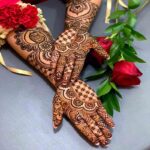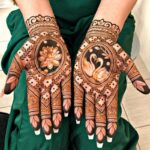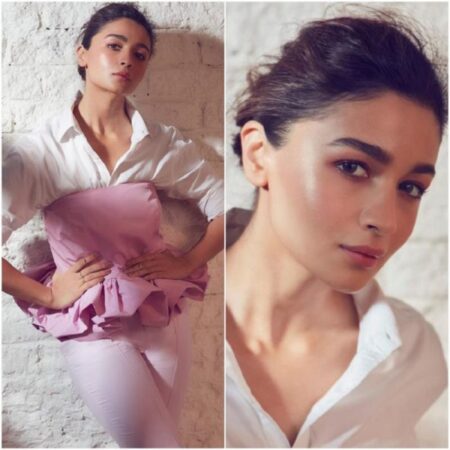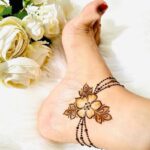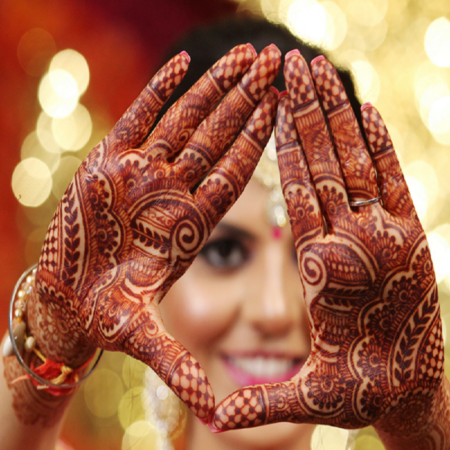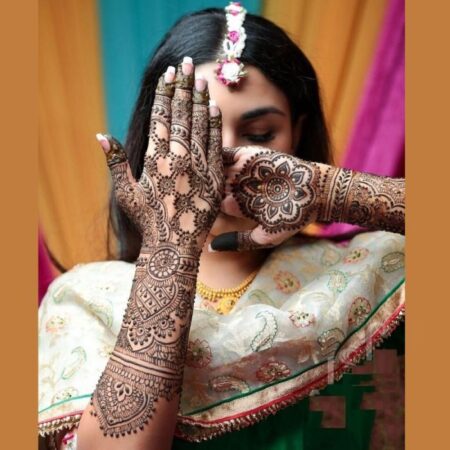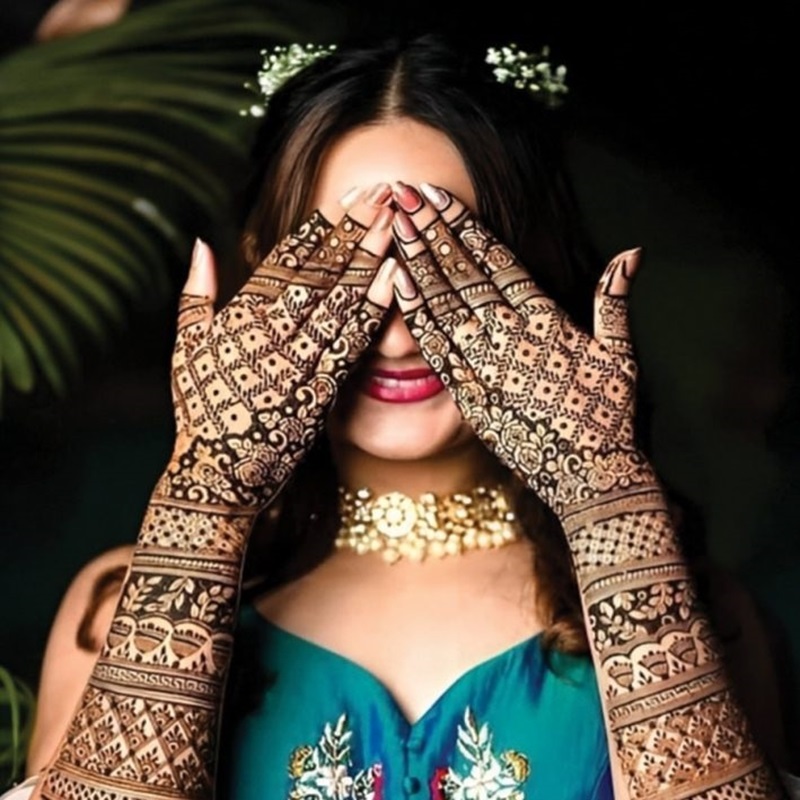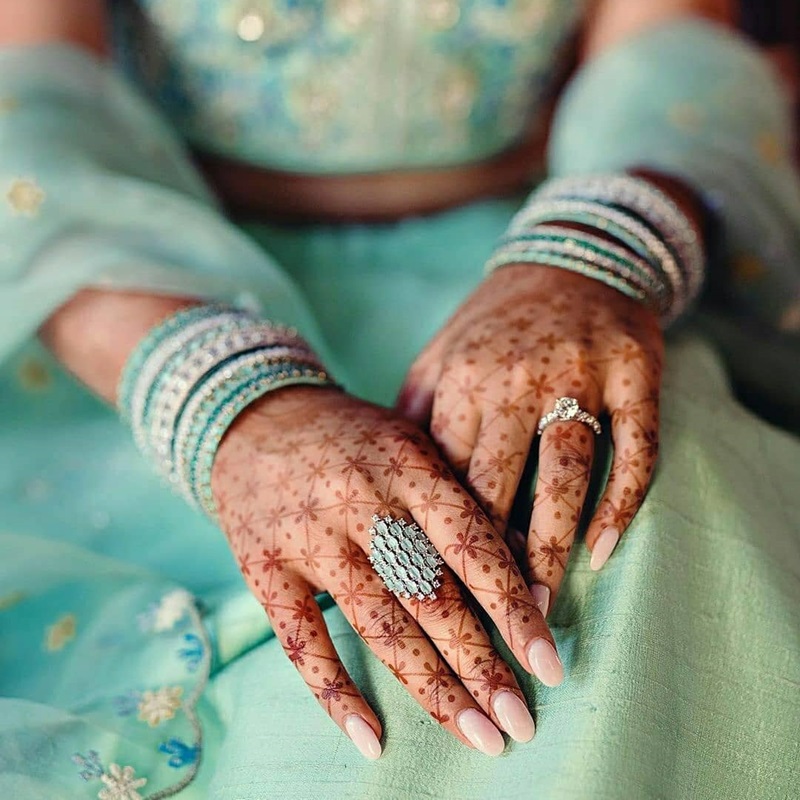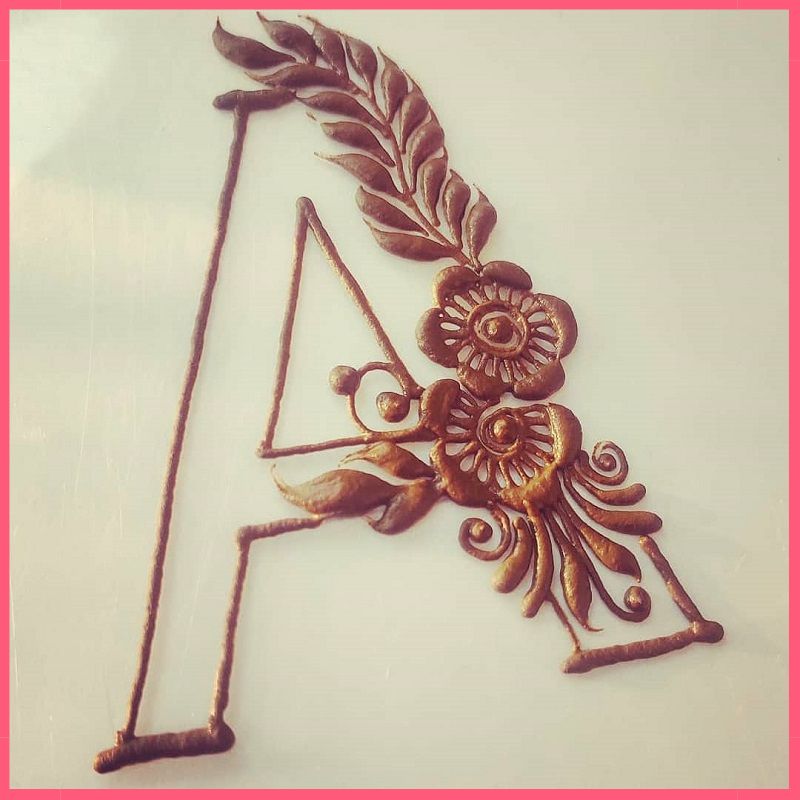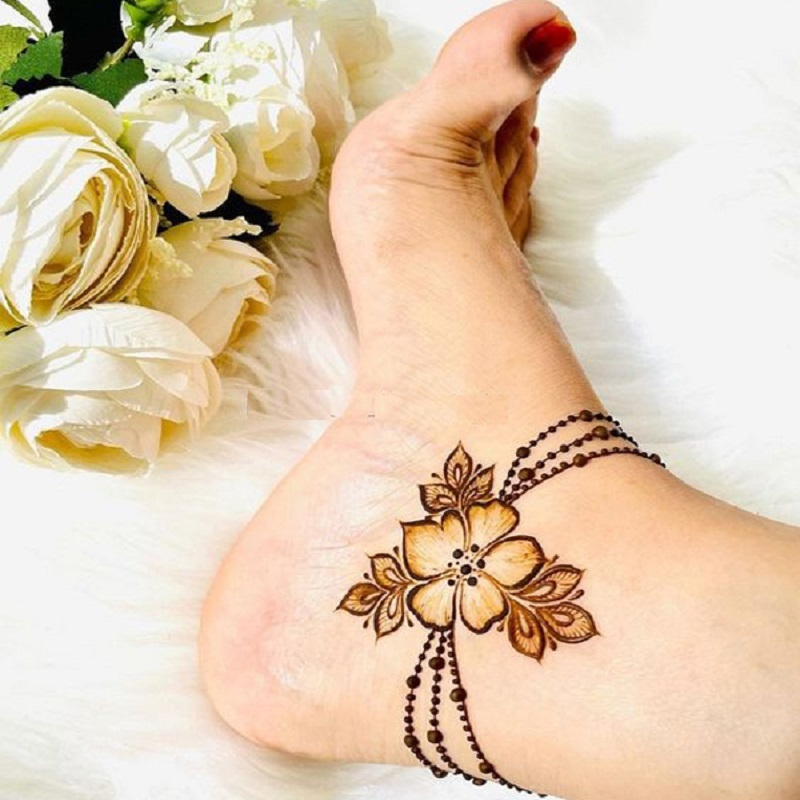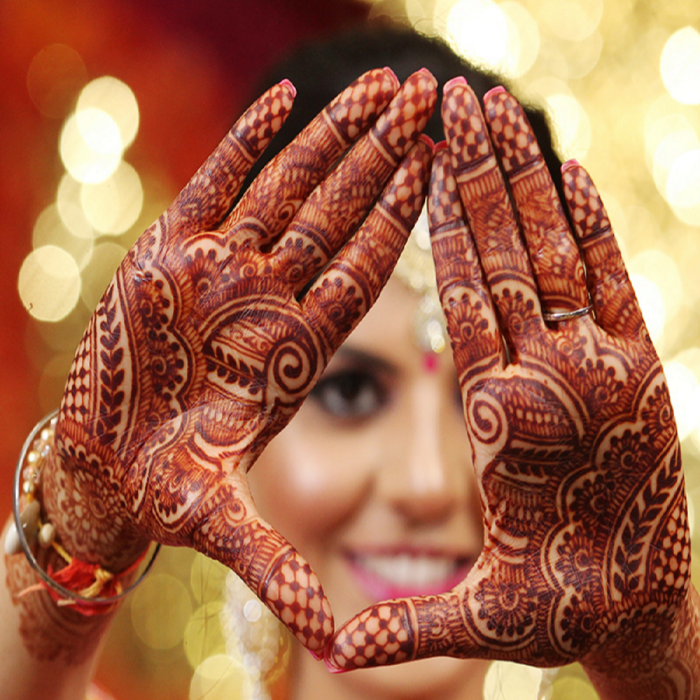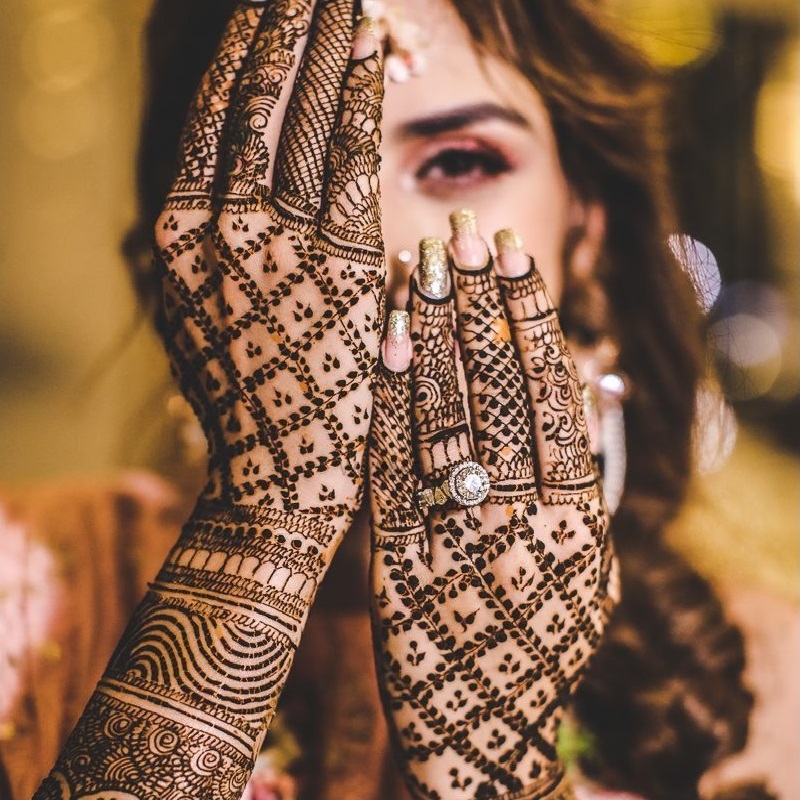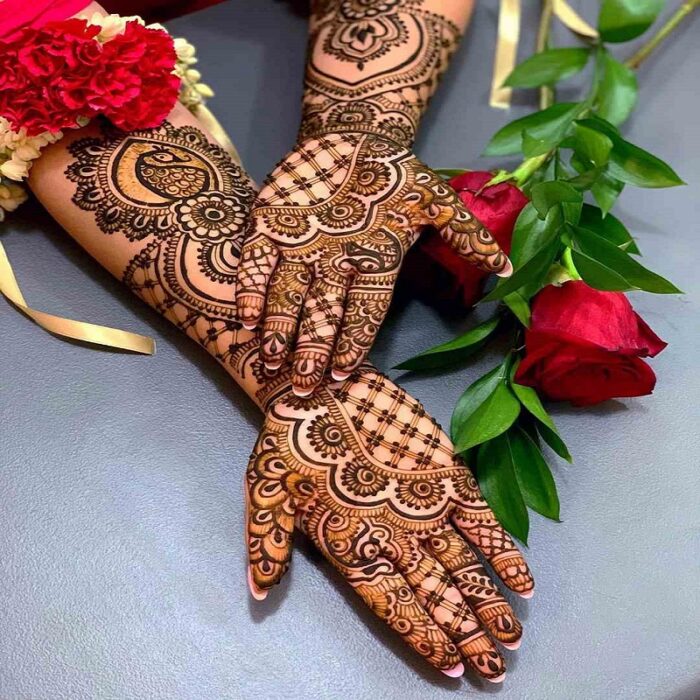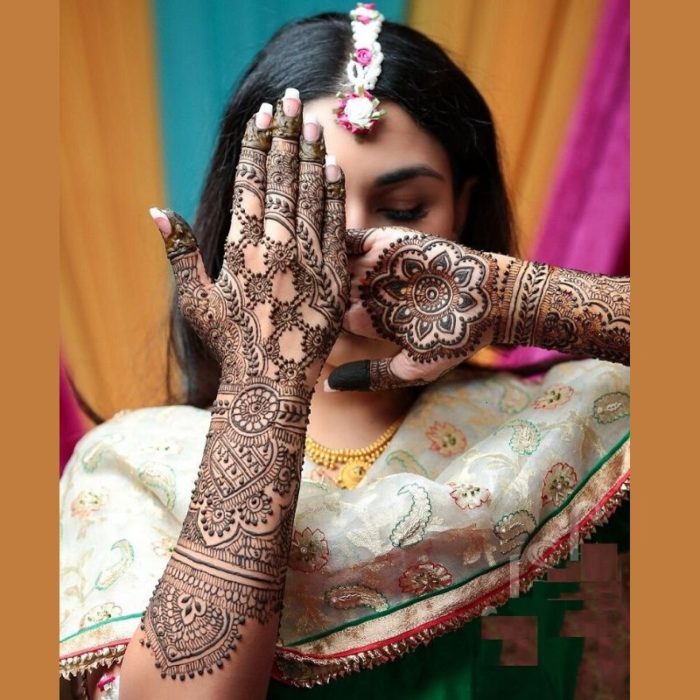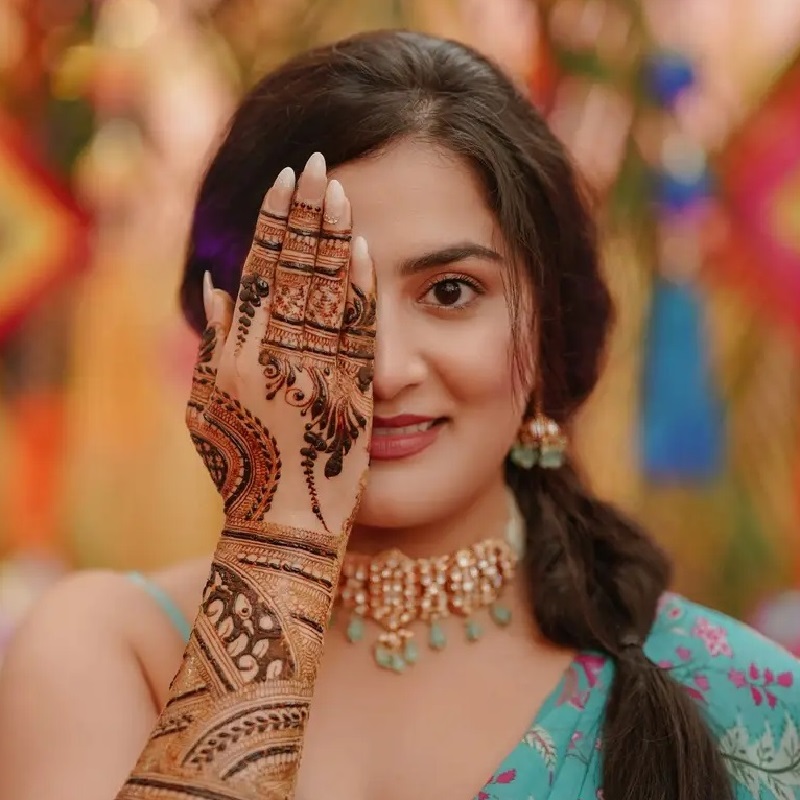Simple Mehndi Design For All Occasions
Embrace elegance with these simple mehndi designs perfect for any occasion
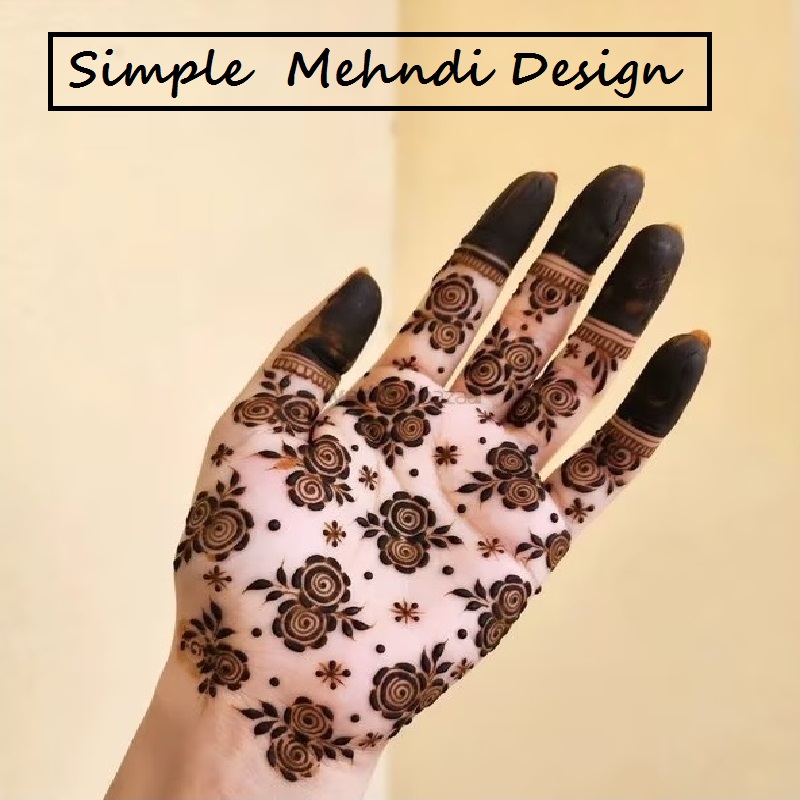
Mehndi, an ancient art form originating from diverse cultures across the globe, holds a profound significance in various occasions and celebrations. Its intricate patterns and rich symbolism serve as a symbol of beauty, tradition, and auspiciousness, weaving seamlessly into the fabric of cultural ceremonies. From weddings to festivals and everyday gatherings, Mehndi adorns hands and feet with elegance and grace, adding a touch of charm to every momentous occasion. In recent years, the trend of Simple Mehndi Design has emerged, offering a minimalist yet captivating approach to Mehndi application. These understated designs not only complement diverse festivities but also resonate with individuals seeking timeless elegance in their adornments. As we delve into the importance of Mehndi in all occasions, we uncover the enduring allure of Simple Mehndi Design as a versatile expression of beauty and tradition.
- Simple Mehndi Designs For All Occasions
- 1. Intricate Mehndi Design
- 2. Elegant Bridal Mehndi Design
- 3. Chic Contemporary Mehndi Design
- 4. Intricate Peacock Mehndi Design
- 5. Floral Fusion Mehndi Design
- 6. Traditional Rajasthani Mehndi Design
- 7. Stylish Arabic Mehndi Design
- 8. Symmetrical Floral Mehndi Design
- 9. Intricate Mandala Mehndi Design
- 10. Cascading Floral Mehndi Design
- Frequently Asked Questions
- Key Takeaways
- Illustration: Simple Mehndi Design For All Occasions
Trivia
Simple mehndi designs, characterized by their elegance and cultural significance, often incorporate intricate patterns inspired by nature, spirituality, and traditional symbolism. These designs, applied using henna paste, have evolved over centuries, reflecting artistic creativity and ritualistic practices in various cultures.
Simple Mehndi Designs For All Occasions:
1. Intricate Mehandi Design

This mehndi design is an exquisite blend of traditional and contemporary patterns, creating an intricate and mesmerizing look. The design features a combination of floral motifs, paisleys, and geometric shapes, artfully arranged to cover the entire palm and wrist. The bold and detailed patterns on the fingers contrast beautifully with the delicate mesh and lace-like details on the palm. The use of negative space enhances the overall aesthetic, making the design appear more intricate and sophisticated. This mehndi design is perfect for special occasions, adding an elegant touch to the hands.
2. Elegant Bridal Mehndi Design

This bridal mehndi design radiates elegance with its elaborate and simple patterns for back hand. The intricate swirls, floral motifs, and delicate paisleys extend from the fingertips to the forearm, creating a rich tapestry of traditional Indian artistry. The design incorporates fine mesh details and bold outlines, giving it a regal and sophisticated look. Perfect for weddings, this mehndi design enhances the beauty of the bride’s hands with its timeless charm.
3. Chic Contemporary Mehndi Design

Featuring a mix of modern and traditional elements, this chic contemporary mehndi design is perfect for the fashion-forward individual. The design includes minimalist geometric patterns interspersed with delicate florals and dots. The clean lines and bold shapes create a striking contrast against the skin, making it a stylish choice for casual or semi-formal events. This design balances simplicity and elegance beautifully.
4. Intricate Peacock Mehndi Design

This intricate peacock mehndi design showcases the beauty of nature with its detailed depiction of peacocks and feathers. The design intricately wraps around the hand, with the majestic peacock as the focal point. Surrounding motifs include paisleys, flowers, and fine linework, all contributing to a cohesive and harmonious design. This mehndi is ideal for those who appreciate detailed and artistic patterns.
5. Floral Fusion Mehndi Design

A delightful fusion of various floral patterns, this mehndi design covers the hand in a garden of blooming flowers. The design features roses, lotuses, and other floral elements, each intricately detailed and connected with swirling vines and leaves. The use of negative space enhances the floral motifs, making them pop against the skin. This design is perfect for festive occasions and celebrations.
6. Traditional Rajasthani Mehndi Design
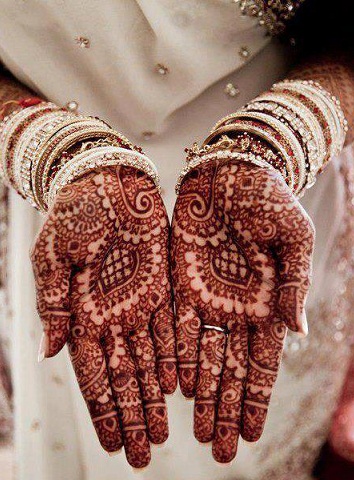
This traditional Rajasthani mehndi design is rich in cultural heritage and symbolism. It features intricate paisleys, mandalas, and elephant motifs, each element meticulously crafted to represent the rich artistic traditions of Rajasthan. The detailed patterns extend from the fingertips to the forearm, creating a continuous and elaborate design. This mehndi is ideal for weddings and cultural events, showcasing the wearer’s appreciation for tradition and art.
7. Stylish Arabic Mehndi Design
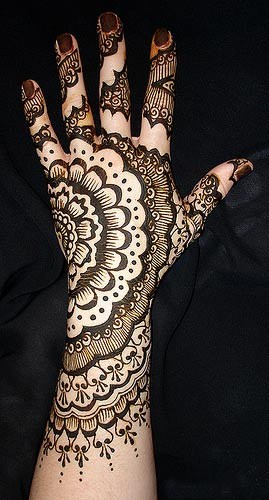
This stylish Arabic mehndi design is characterized by its flowing, diagonal patterns that gracefully cover the hand. The design includes bold floral motifs, vines, and leaves, with spaces in between that add a sense of lightness and elegance. The use of shading and bold outlines gives the design depth and dimension. This mehndi is perfect for any occasion, adding a touch of sophistication to the wearer’s hands.
8. Symmetrical Floral Mehndi Design

This symmetrical floral mehndi design is beautifully balanced, covering both palms with identical, intricate floral motifs. The central design features a detailed flower surrounded by leafy patterns and geometric accents, creating a harmonious and elegant look. The fingertips are adorned with intricate patterns that complement the central motif, adding depth and complexity to the design. Ideal for weddings and celebrations, this design enhances the beauty of the hands with its timeless floral elegance.
9. Intricate Mandala Mehndi Design
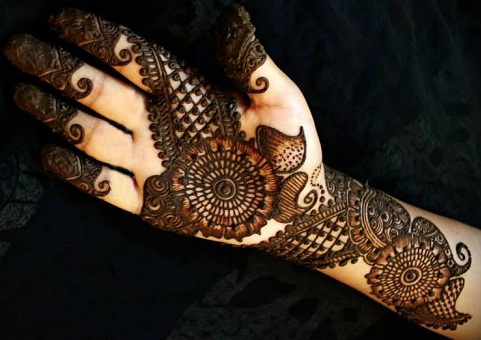
This mehndi design is a stunning display of intricate mandala artistry, featuring a large, central floral mandala that serves as the focal point. The design extends from the fingertips to the wrist, with delicate paisleys and geometric patterns that enhance the overall elegance. The bold outlines and detailed fill patterns create a striking contrast, making the design pop against the skin. This mehndi design is perfect for those who appreciate detailed and symmetrical patterns, suitable for both festive and formal occasions.
10. Cascading Floral Mehndi Design
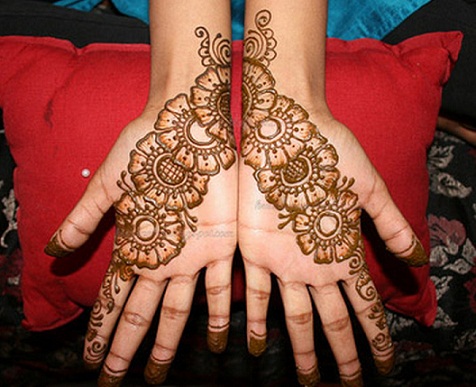
This cascading floral mehndi design elegantly adorns the hand with a series of flowers that gradually change in size. Starting with a large, detailed flower in the center of the palm, the design flows in a line towards the first finger, where the flowers become progressively smaller. This creates a beautiful, cascading effect that draws the eye along the length of the hand. The intricate details and fine lines add depth and sophistication, making this design perfect for special occasions. The balance of large and small flowers adds a dynamic touch, emphasizing the natural grace of the hand.
Origins and Symbolism of Mehndi Art
Tracing Mehndi’s Ancient Roots
The origin of Mehndi can be traced back to ancient civilizations such as the Indus Valley civilization, where evidence of Mehndi application has been found on pottery dating back to 2500 BCE. Similarly, in Ancient Egypt, Mehndi was used for decorative purposes, with traces of henna found on mummies and tombs. These ancient civilizations valued Mehndi not only for its aesthetic appeal but also for its symbolic significance, believing it to bring good luck, prosperity, and protection against evil spirits.
Cultural Significance Across Civilizations
As Mehndi spread across different cultures and regions, it took on diverse meanings and cultural significance. In India, Mehndi is an integral part of weddings, with intricate designs applied to the hands and feet of the bride as a symbol of love, fertility, and prosperity. Mehndi ceremonies, known as “Mehndi ki raat,” are often held in the days leading up to the wedding, where the bride and her female relatives and friends gather to celebrate and apply Mehndi. Similarly, in the Middle East, Mehndi is associated with celebrations such as Eid al-Fitr and Eid al-Adha, where women decorate their hands and feet with elaborate designs as a symbol of joy and blessings. In North Africa, Mehndi is used to celebrate various rites of passage, including weddings, childbirth, and religious festivals, with designs often incorporating traditional motifs and symbols.
Symbolism in Mehndi Designs
The motifs and symbols used in Mehndi designs carry deep cultural and spiritual significance, reflecting the beliefs and traditions of the people. For example, the peacock, a common motif in Mehndi designs, symbolizes beauty, grace, and love, while the mango motif represents fertility and abundance. Similarly, geometric patterns such as the mandala symbolize unity, harmony, and the cosmos. Mehndi designs often incorporate these symbols in intricate arrangements, creating a visual tapestry of cultural heritage and spiritual symbolism.
The Artistry Behind Mehndi Design
Essential Tools and Materials
Creating Mehndi designs requires a few essential tools and materials, including henna paste, applicator cones, essential oils, and design stencils. Henna paste, made from the leaves of the henna plant, is the primary ingredient used for Mehndi application. The paste is mixed with water or lemon juice to form a smooth, thick consistency, which is then applied to the skin using applicator cones or brushes. Essential oils such as eucalyptus or tea tree oil are often added to the henna paste to enhance its color and longevity. Additionally, design stencils are used to create intricate patterns and motifs with precision and consistency.
Exploring Design Fundamentals
Mehndi design is characterized by its intricate patterns, symmetrical motifs, and fluid lines. Understanding the fundamental elements of Mehndi design is essential for creating visually appealing and balanced compositions. Key design principles include symmetry, balance, rhythm, and proportion. Symmetry plays a crucial role in Mehndi design, with motifs mirrored on both sides of the body to create harmony and balance. Balance refers to the distribution of visual weight within the design, while rhythm…
Techniques and Styles in Mehndi Artistry
Mehndi artistry encompasses a wide range of techniques and styles, each with its own unique characteristics and aesthetic appeal. Some of the most popular Mehndi styles include:
- Arabic Mehndi: Characterized by its bold outlines and floral motifs, Arabic Mehndi features large, bold designs that cover the hands and feet. The use of negative space and shading adds depth and dimension to the designs, creating a striking visual impact.
- Indian Mehndi: Indian Mehndi is known for its intricate patterns and elaborate designs, often featuring peacocks, paisleys, and mandalas. The designs typically cover the entire hand and extend up the forearm, creating a…
Unlocking the Beauty of Simple Mehndi Design
Understanding Minimalism in Mehndi Design
In recent years, there has been a growing trend towards simplicity and minimalism in Mehndi design. Simple Mehndi design, characterized by clean lines, geometric shapes, and negative space, offer a refreshing departure from the elaborate and intricate designs of the past. Minimalist Mehndi designs focus on the essential elements of design, allowing for greater emphasis on form, texture, and contrast. The beauty of simplicity lies in its ability to evoke…
Characteristics of Simple Mehndi Design
Simple Mehndi design are defined by their understated elegance, refined aesthetics, and timeless appeal. Unlike traditional Mehndi designs, which often feature intricate patterns and elaborate motifs, simple Mehndi design rely on clean lines, geometric shapes, and minimalist…
Versatility Across Occasions
One of the key advantages of simple Mehndi design is their versatility across different occasions and settings. Whether it’s a wedding, festival, or casual gathering, simple Mehndi designs can complement a wide range of outfits and themes. For brides seeking a minimalist look on their wedding day, simple Mehndi design offer an elegant and understated option that enhances…
Crafting Timeless Mehndi Creations
Drawing Inspiration for Simple Designs
When it comes to creating simple Mehndi designs, inspiration can be found in various sources, including nature, geometry, and traditional motifs. Natural elements such as flowers, leaves, and vines can inspire simple yet elegant Mehndi designs, with their organic shapes and graceful forms. Similarly, geometric patterns such as circles, triangles, and…
Step-by-step Tutorials for Beginners
For those new to Mehndi artistry, learning the basics of Mehndi application and design is essential for creating beautiful and intricate designs. Step-by-step tutorials provide a structured approach to learning Mehndi techniques, from…
Expert Tips for Precision and Finesse
Achieving precision and finesse in Mehndi application requires practice, patience, and attention to detail. Expert tips and techniques can help aspiring Mehndi artists hone their skills and elevate their craft to the next level. Some…
Simple Mehndi Designs for Every Occasion
Bridal Mehndi: Minimalist Elegance for Brides
On her wedding day, a bride’s Mehndi design holds special significance, symbolizing love, joy, and prosperity. While traditional bridal Mehndi designs are often elaborate and intricate, many modern brides are opting for simple Mehndi designs that reflect their personal style.
Festive Mehndi: Celebratory Designs for Special Occasions
Festivals such as Eid, Diwali, and Navratri are occasions for celebration, joy, and spiritual renewal. Mehndi plays an integral role in these celebrations, with women adorning their hands and feet with intricate designs to mark the occasion. Festive Mehndi designs often feature…
Everyday Mehndi: Subtle Adornments for Daily Wear
While Mehndi is often associated with special occasions and celebrations, it can also be worn as a form of everyday adornment. Simple Mehndi designs offer a subtle and elegant option for…
Caring for Your Mehndi Masterpiece
Post-Application Care Essentials
Once the Mehndi design has been applied, proper care and maintenance are essential for preserving its longevity and vibrancy. Post-application care begins immediately after the Mehndi paste has dried and continues for several hours or days, depending on the desired intensity of color and longevity of the design. Some…
Safe and Effective Removal Techniques
While Mehndi designs typically fade over time as the top layers of skin naturally exfoliate, there are several safe and effective techniques for removing Mehndi stains more quickly. One…
Longevity Enhancing Tips for Vibrant Designs
To prolong the longevity of Mehndi designs and keep them looking vibrant and fresh, there are several tips and techniques that can be employed.
The Timeless Appeal of Simple Mehndi Designs
In conclusion, simple Mehndi designs offer a refreshing and contemporary take on an ancient art form, combining elegance, sophistication, and minimalism in equal measure. Whether it’s a bride on her wedding day, a festival-goer celebrating Eid, or an individual looking to add a touch of beauty to their daily life, simple Mehndi designs have a universal appeal that transcends cultural boundaries and trends. By embracing simplicity in Mehndi design, we can unlock a world of timeless beauty and elegance that speaks to the heart and soul.
Frequently Asked Questions
How long do mehndi designs typically last on the skin?
Mehndi designs can last anywhere from one to two weeks, depending on factors like skin type, care, and the quality of henna used.
What are some tips for ensuring a long-lasting mehndi stain?
To ensure a long-lasting stain, apply mehndi paste on clean, dry skin, leave it on for several hours, avoid washing the area immediately after removal, and moisturize regularly.
How can one enhance the beauty of simple mehndi designs?
Enhance the beauty of mehndi designs by incorporating glitter accents, adding gemstones or beads, or opting for intricate shading and detailing.
On what cultural occasions are mehndi designs commonly applied?
Mehndi designs are commonly applied during weddings, festivals like Eid and Diwali, traditional ceremonies, and other celebratory events across various cultures.
What are some beginner-friendly tips for learning and practicing simple mehndi designs?
Beginners can start by practicing basic patterns such as dots, lines, and simple shapes. They can progress to more complex designs using online tutorials and practice sheets.
Key Takeaways
- Explore versatile mehndi designs suitable for various cultural and celebratory events.
- Learn about the symbolism behind common mehndi patterns and motifs.
- Discover tips for applying and maintaining mehndi designs for long-lasting beauty.
- Understand the cultural significance of mehndi across different traditions globally.
- Find inspiration for minimalist and intricate mehndi designs that suit different preferences.





